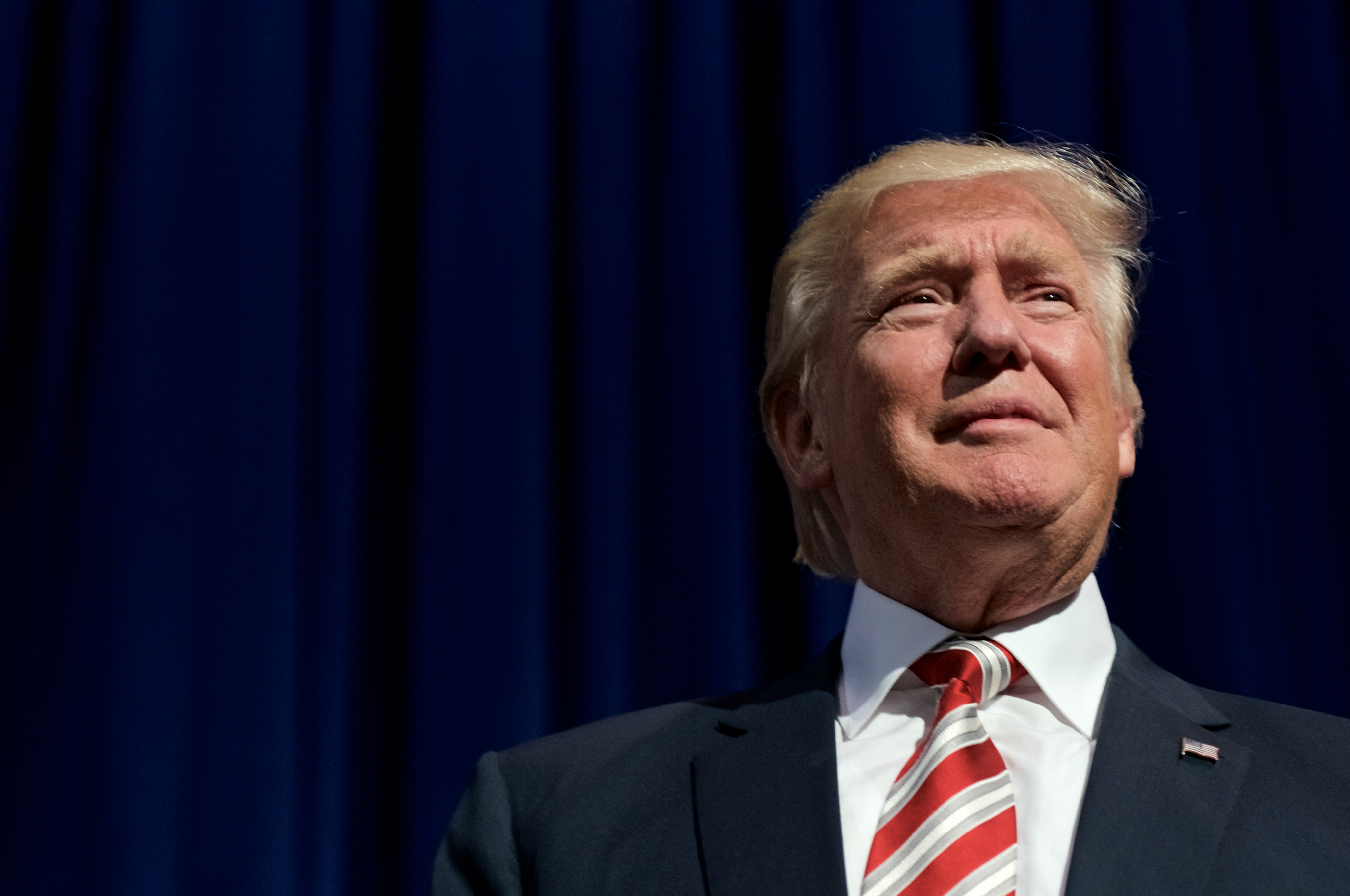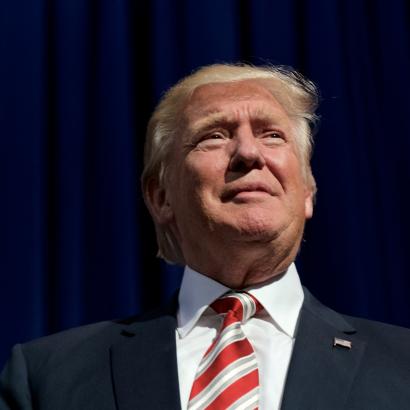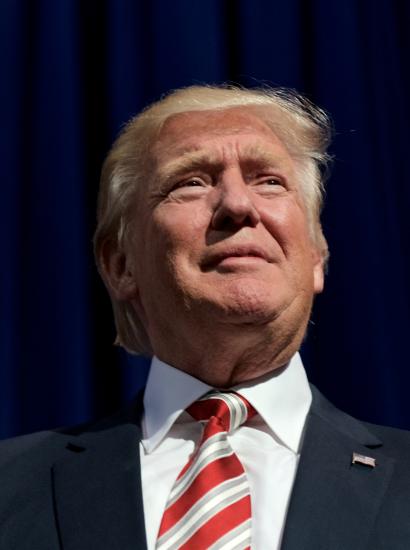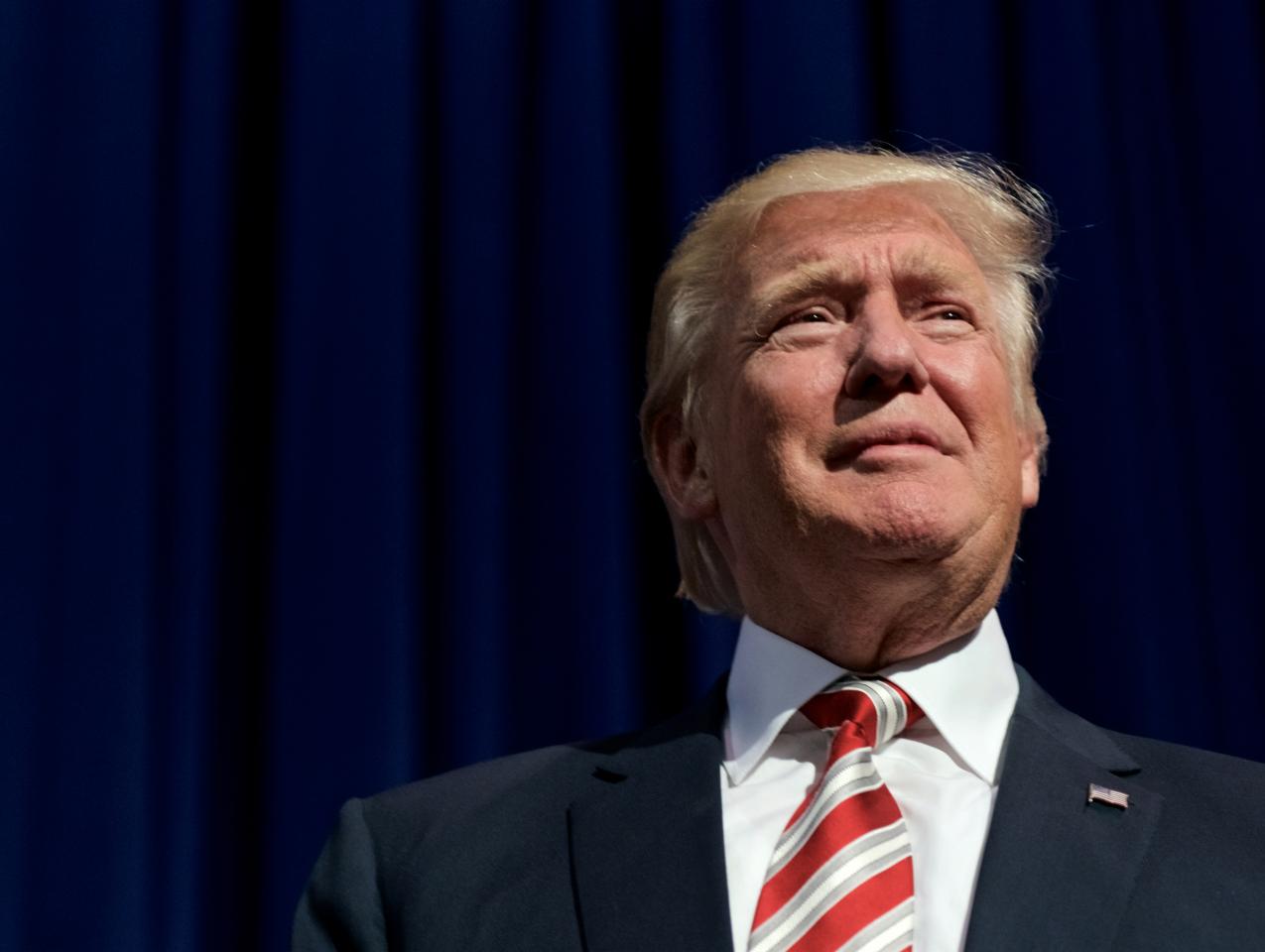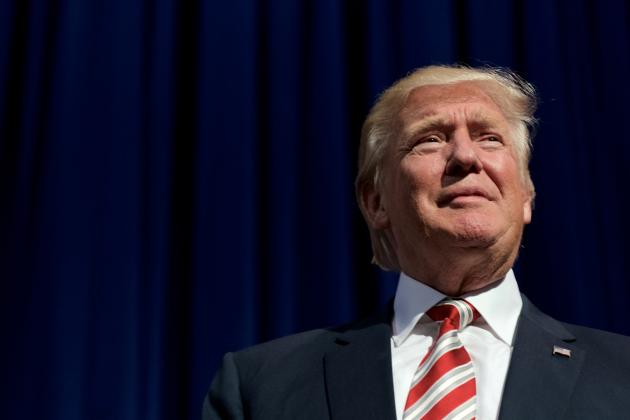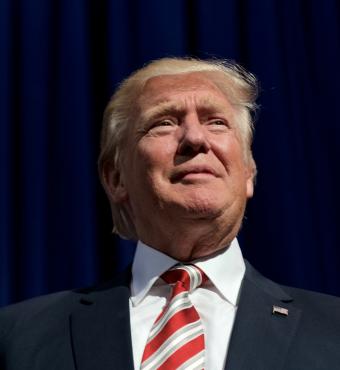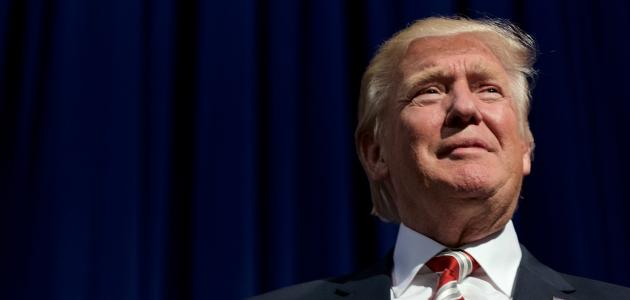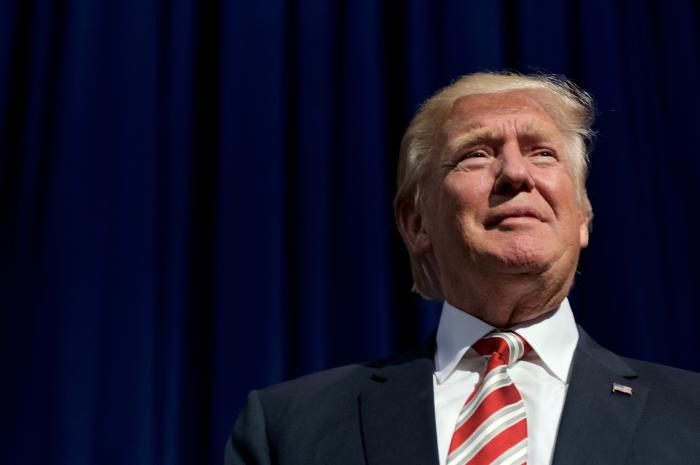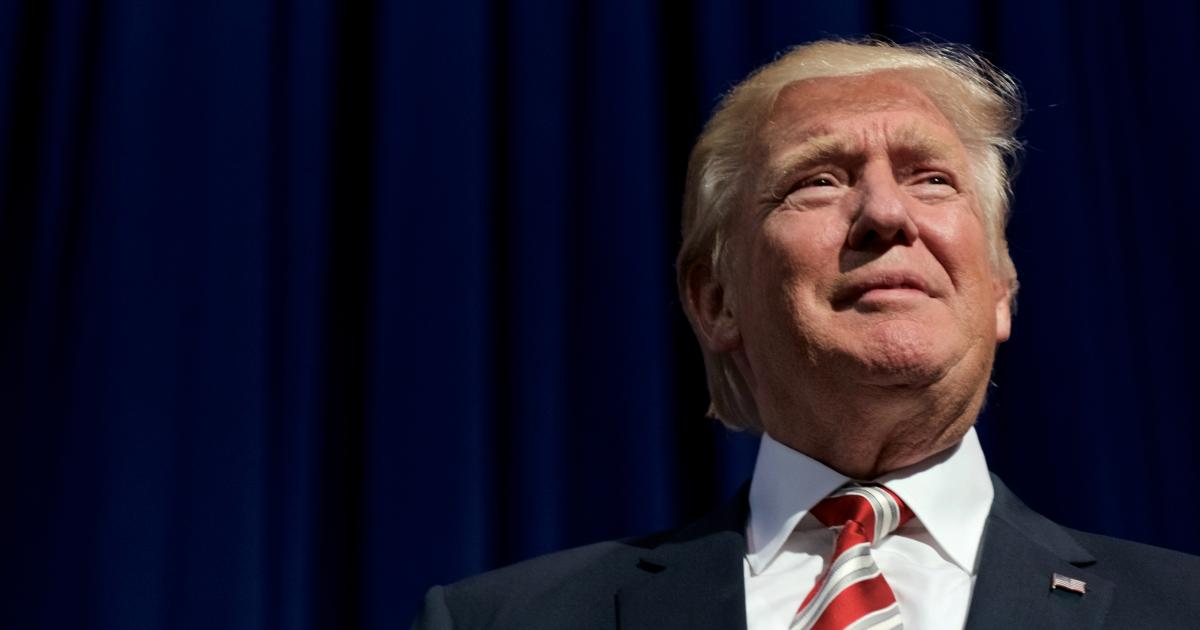- Economics
- History
- Law & Policy
- Politics, Institutions, and Public Opinion
There was a president,
Who had an orange curl,
Right in the middle of his forehead.
When he was good
He was very good indeed,
But when he was bad he was horrid.
--(Offered by the author, with apologies to Longfellow)
We’ve now had over two and a half years of President Donald Trump’s economic policies. While that time is relatively short, it gives us some basis for judging those policies. I judge him in two ways: (1) as a believer in economic freedom and (2) as an economist who cares about people’s economic wellbeing. By those criteria, some of Trump’s policies have been very good indeed and some have been horrid. Specifically, the former have been the 2017 tax cut and his substantial deregulation and holding off on new regulations. The horrid policies have been those on trade, immigration, and federal government spending.
In this essay, I’ll discuss the very good indeed. Part Two, in a fortnight, will focus on the horrid.
First, consider the tax cut. Let’s break it up into the individual income tax cut and the corporate tax cut.
On the individual side, the tax cut:
- Dropped the top rate from President Clinton’s 39.6% to 37% and dropped most other rates.
- Raised the standard deduction for those who don’t itemize from $13,000 for a married couple filing jointly to $24,000 and eliminated the personal exemption.
- Limited to $10,000 the state and local tax deduction for those who itemize.
- Increased the child tax credit from $1,000 to $2,000.
- Ended the individual penalty that had been imposed by President Obama and Congress under the Affordable Care Act.
- Raised the exemption on the alternative minimum tax from $86,200 to $109,400 for married filers.
- Doubled the estate tax exemption from $5.6 million to $11.2 million.
Provision #1 above increased economic freedom slightly by letting people keep more of their incremental income and, thereby, slightly improved the incentive to make money. Provision #2 nicely got rid of a lot of complexity in the tax code. Most taxpayers, because they are unlikely to itemize, will now face the full cost of a mortgage rather than being given an implicit subsidy to borrow.
Similarly, provision #3 means that people in high-tax states like mine (California) will face the full incremental cost of any tax increase imposed by the state and local governments rather than being implicitly subsidized by other taxpayers in low-tax states such as Nevada, Florida, New Hampshire, South Dakota, and Wyoming. Over time, this will give residents in high-tax states more of an incentive to rein in their profligate governments. That’s one reason that Governor Cuomo of New York has been so upset by this provision.
I don’t defend provision #4 on efficiency grounds, but it is a way of giving a tax cut to people who pay very little in taxes. On provision #5, we now are free not to buy a service that we had been forced to buy: score a clear win for economic freedom. Provision #6 makes it easier for upper-middle-income and upper-income taxpayers to avoid the alternative minimum tax. Provision #7 increases the amount of wealth that people are able to leave to their heirs, which is good in itself, and also gives people a little more incentive to acquire wealth. The standard way to acquire wealth is to invest in capital, and the more capital there is per worker, the higher is worker productivity and, therefore, the higher are workers’ real wages.
The bad news is that because the Republicans could not persuade any Democrats to vote for the bill, they had to use an arcane procedure called reconciliation, and that meant that they had to schedule most of the changes to expire on December 31, 2025.
On the corporate side, the tax bill:
- Permanently reduced the corporate income tax rate to 21%. For most corporate income, it had been 35%.
- Allowed full expensing of short-lived capital investments (rather than requiring that they be depreciated over time) for five years.
- Allowed repatriation at a tax rate of 15.5% on what at the time were deferred foreign profits.
- Moved from a worldwide to a territorial system of taxation.
- Eliminated the corporate alternative minimum tax.
A December 2017 report from the Tax Foundation gives more details on the tax provisions, the estimated federal government revenue losses and gains from the various provisions, and the expected effect on economic growth.
While the first four provisions above are relatively straightforward, provision #4 requires an explanation. Before the tax cut, the United States had a fairly imperialistic tax policy with respect to the rest of the world. Corporations based in the United States had to pay U.S. taxes on their worldwide income, not just on their U.S. income. The move to a territorial system brought the United States in line with the rest of the world and, for that reason, gave corporations more of an incentive to stay or set up in the United States.
The main effect of the corporate income tax is to reduce the cost of capital. That gives not just Americans but also foreigners an incentive to invest in capital in America. I led this article with a poem. Here’s my poem celebrating the drop in the corporate income tax rate, with apologies to Emma Lazarus:
Give me your over-taxed, your wealthy,
Your frustrated investors yearning to breathe freer,
The unwelcome savers of your teeming shore.
Send these, the footloose, tempest-tost to me,
I lift my lamp beside Dallas, Houston, San Jose, and Miami.
Let’s look at some numbers. The Tax Foundation estimated the long-run increase in the U.S. capital stock due to the tax cut to be 4.8%. That’s a fairly large number. As noted earlier, an increase in the capital stock makes workers more productive and, thereby, increases real wages. The Tax Foundation estimated that the tax cut will cause real wages to be 1.5% higher in the long run.
Interestingly, the Tax Foundation, in the same report, estimated the loss in revenue to the federal government between 2018 and 2027 from each provision of the tax cut. It looked at both the static revenue loss—the amount of revenue the government would lose if people changed none of their behavior in response to the tax cut—and the dynamic revenue loss, the drop in revenue to the feds if people changed their behavior in response to lower marginal tax rates and other provisions of the law. We often hear that the cut in corporate tax rates was a giveaway to corporations. That can’t be true. When the government takes less of your income than it did, that is not a giveaway: it’s a “take less away.” But beyond that fact, the Tax Foundation found that whereas the static revenue loss from the corporate income tax would be $373 billion over 10 years, the dynamic revenue gain to the feds would be $408 billion.
Now consider regulation.
One of the relatively unheralded accomplishments of the Trump administration has been to roll back regulations and slow the growth of new regulations. Trump started it off during his second week in office with his famous 2-for-1 executive order requiring at least two prior regulations to be abolished for every new regulation issued.
The Trump administration more than delivered. Clyde Wayne Crews, vice president for policy at the Competitive Enterprise Institute, a pro-market think tank, reports that in fiscal year 2018, which ended on September 30, 2018, the Trump administration undertook 176 deregulatory actions and 14 regulatory ones. That’s a ratio of 12.6 to 1.
In that same report, Crews gives the Trump administration’s estimate for the cost savings for all this deregulation. It amounts to only $23.4 billion. And this estimate is even smaller than it looks because it’s an estimate of the present value of the whole stream of savings from deregulation minus the present value of the costs from new regulation.
What gives? A closer look shows that the Office of Management and Budget, which came up with the $23.4 billion estimate, has an extremely narrow view of the costs of regulation and the benefits of deregulation. The OMB simply estimates the narrow costs of complying.
Here’s an extreme example to make the point, given to me by a Trump administration economist who prefers to be unnamed. Imagine that the federal government bans airline travel. The cost of that regulation would be immense. And the benefit from ending that ban would be equally immense. How would the OMB measure the cost of regulation? It would do so by estimating the cost of sending out the order and the cost to people of reading the order. The number would be trivial and would have no connection to the real cost.
Fortunately, another part of the Trump administration, his Council of Economic Advisers (CEA), has estimated the benefits from deregulation, and I discussed them earlier in “Trump’s Deregulatory Successes,” Defining Ideas, July 7, 2019. In its June 2019 report “The Economic Effects of Deregulation since January 2017: An Interim Report,” the CEA estimated the net benefits (which equal benefits minus costs) of deregulation the way economists using cost/benefit analysis do. And they found a large benefit. They write:
The Council of Economic Advisers (CEA) estimates that after 5 to 10 years, this new approach to Federal regulation will have raised real incomes by $3,100 per household per year. Twenty notable Federal deregulatory actions alone will be saving American consumers and businesses about $220 billion per year after they go into full effect. They will increase real (after-inflation) incomes by about 1.3 percent.
$3,100 per household is a large number. Of course, this is an average over all households. Presumably higher-income households will benefit more than low-income households because they buy more goods and services and, therefore, they have more goods and services on which to reap cost savings. But it’s also likely that lower-income households’ benefits as a percentage of their income are higher than for higher-income households.
One rough and ready way to estimate the net effect of all of Trump’s economic policies is to compare the growth of real GDP during his time in office with that of Obama.
Obama deserves no blame for the recession that he inherited when he entered office. That recession ended in the second quarter of 2009. Let’s stack the deck slightly in his favor by giving him credit for the growth from the second quarter of 2009 to the first quarter of 2017. I say “in his favor” because during recoveries from recessions, real GDP growth is typically high. From the second quarter of 2009 to the first quarter of 2017, real GDP grew by an annual average of 2.2%.
How about real GDP growth under Trump? He should get little to no credit for growth during the first quarter of 2017 because he was in office for only a little over 2 months of that quarter and his policies had little time to work. So let’s give him credit for real GDP growth between the first quarter of 2017 and second quarter of 2019, the latest quarter for which we have data. During that time, real GDP grew by an annual average of 2.7%, which was half a percentage point higher than the growth rate during Obama’s time in office.
That’s substantial. What makes that 0.5 extra percentage points of annual growth even more striking is that it happened years after the economic recovery occurred, and growth rates well after recoveries tend to fall.
So the good news is that the economic policy issues on which Trump has been “very good indeed” seem to have outweighed the policy issues on which he has been “horrid.”
In my next essay, I’ll deal with the horrid.







